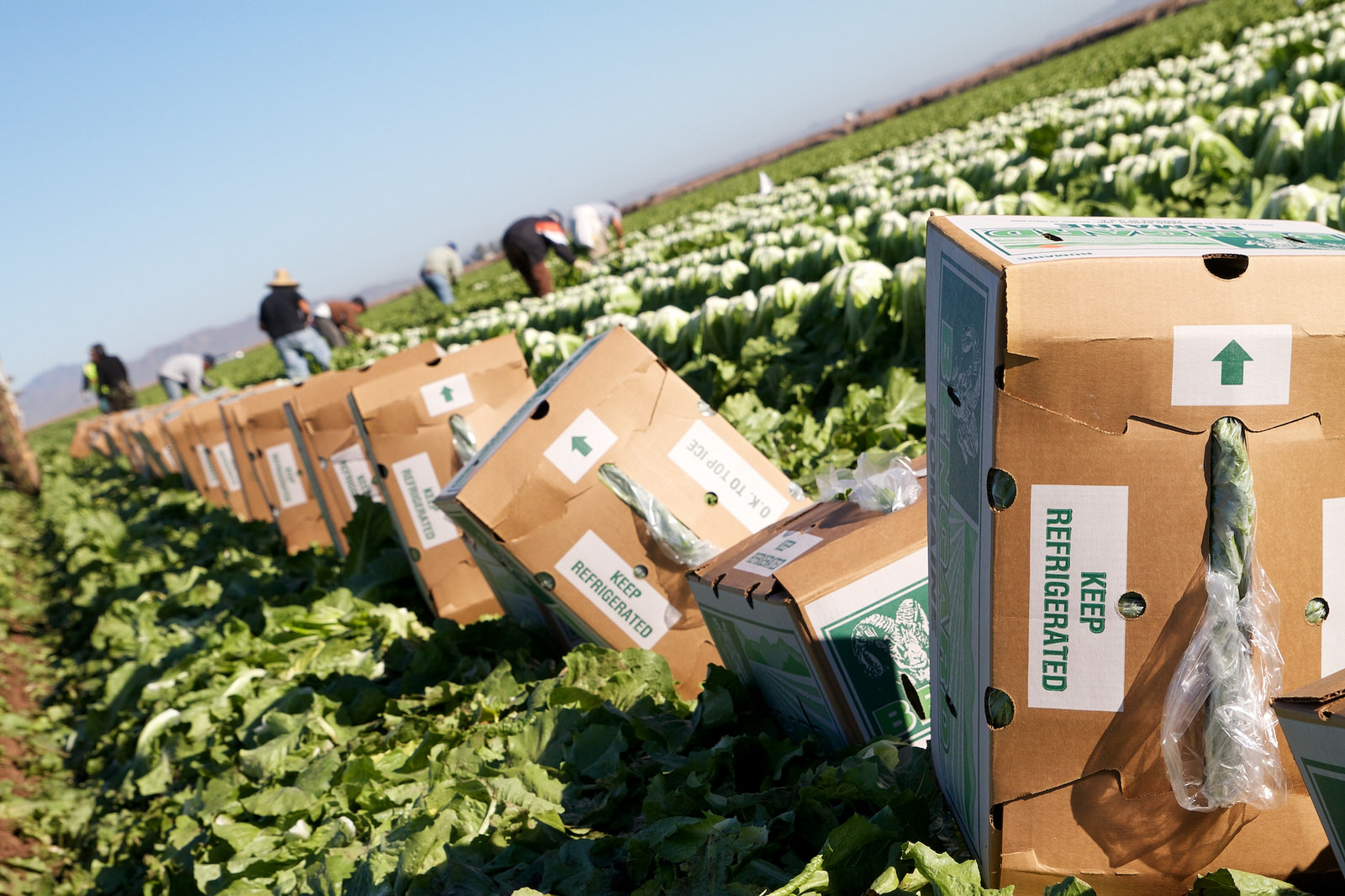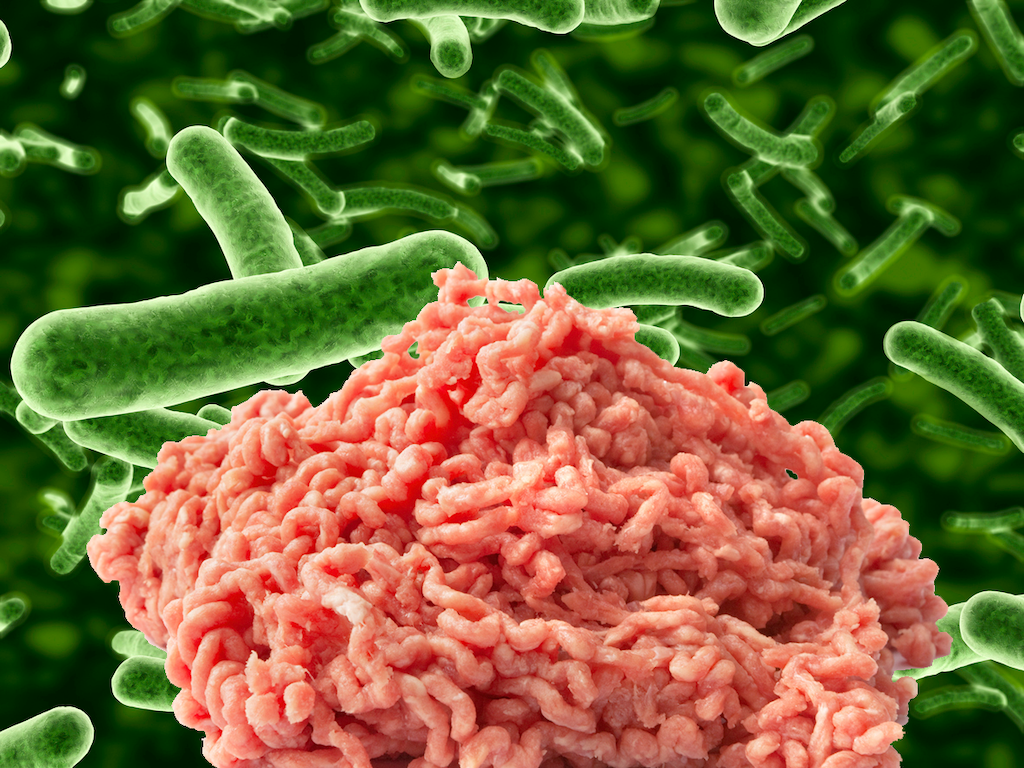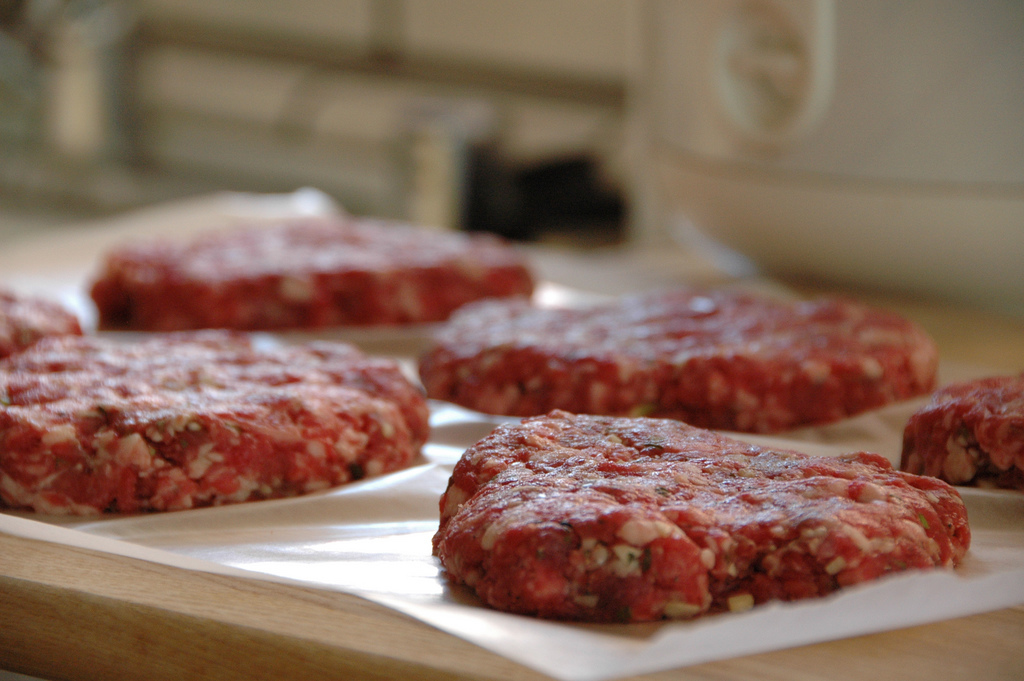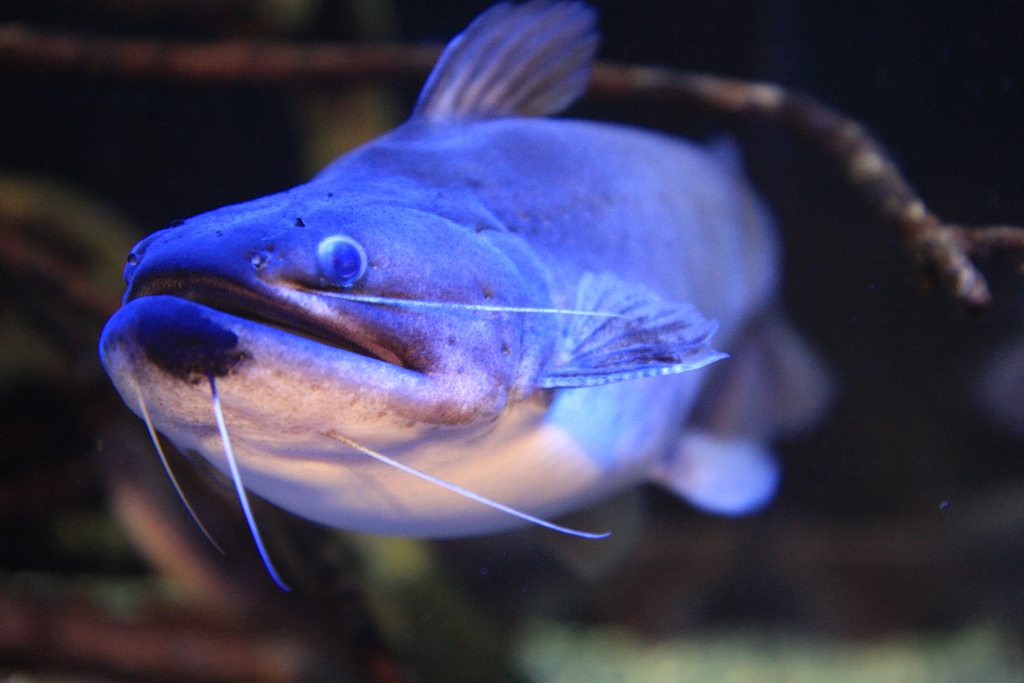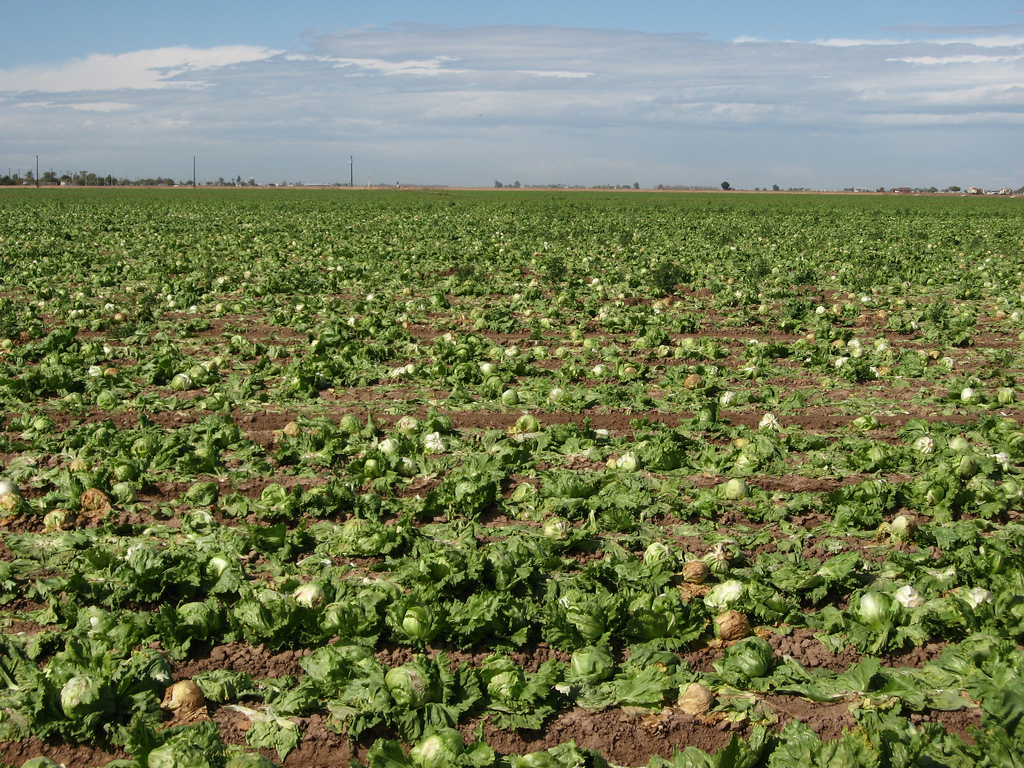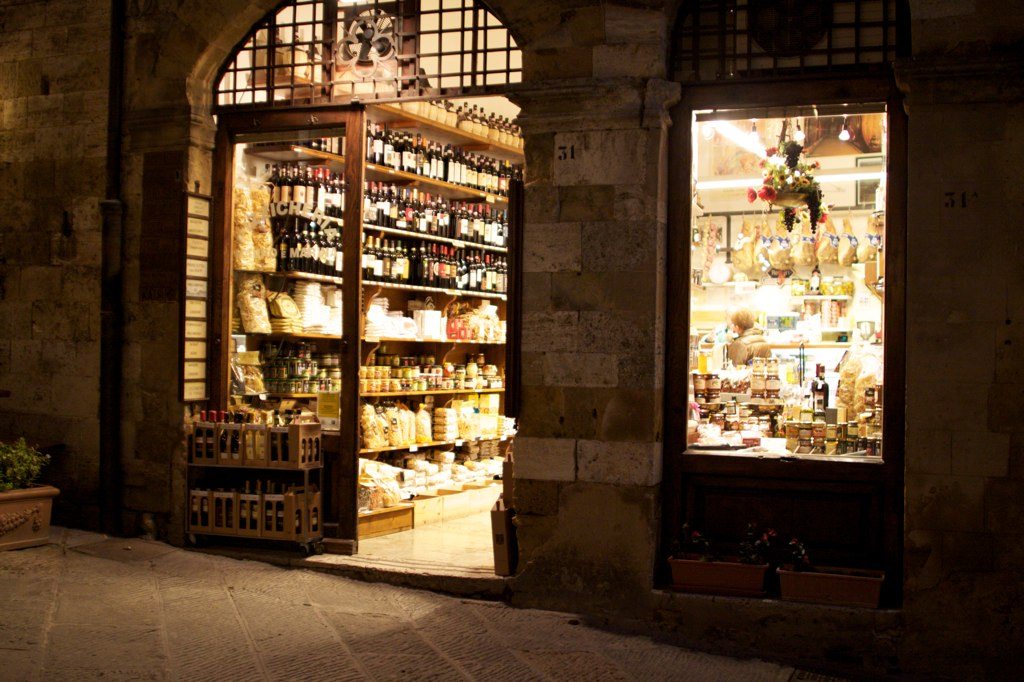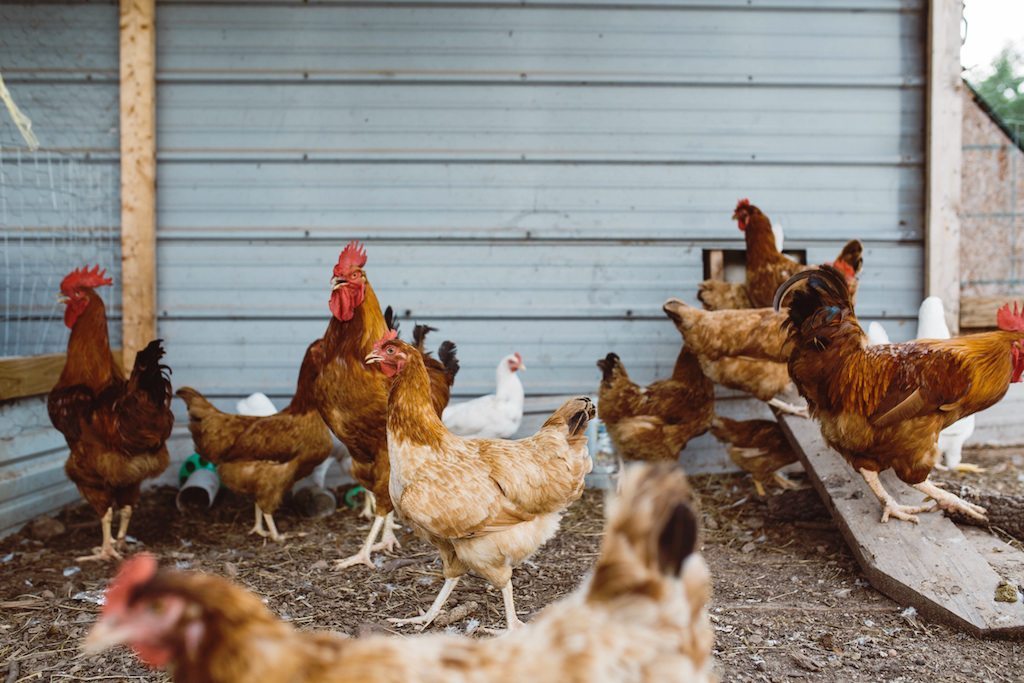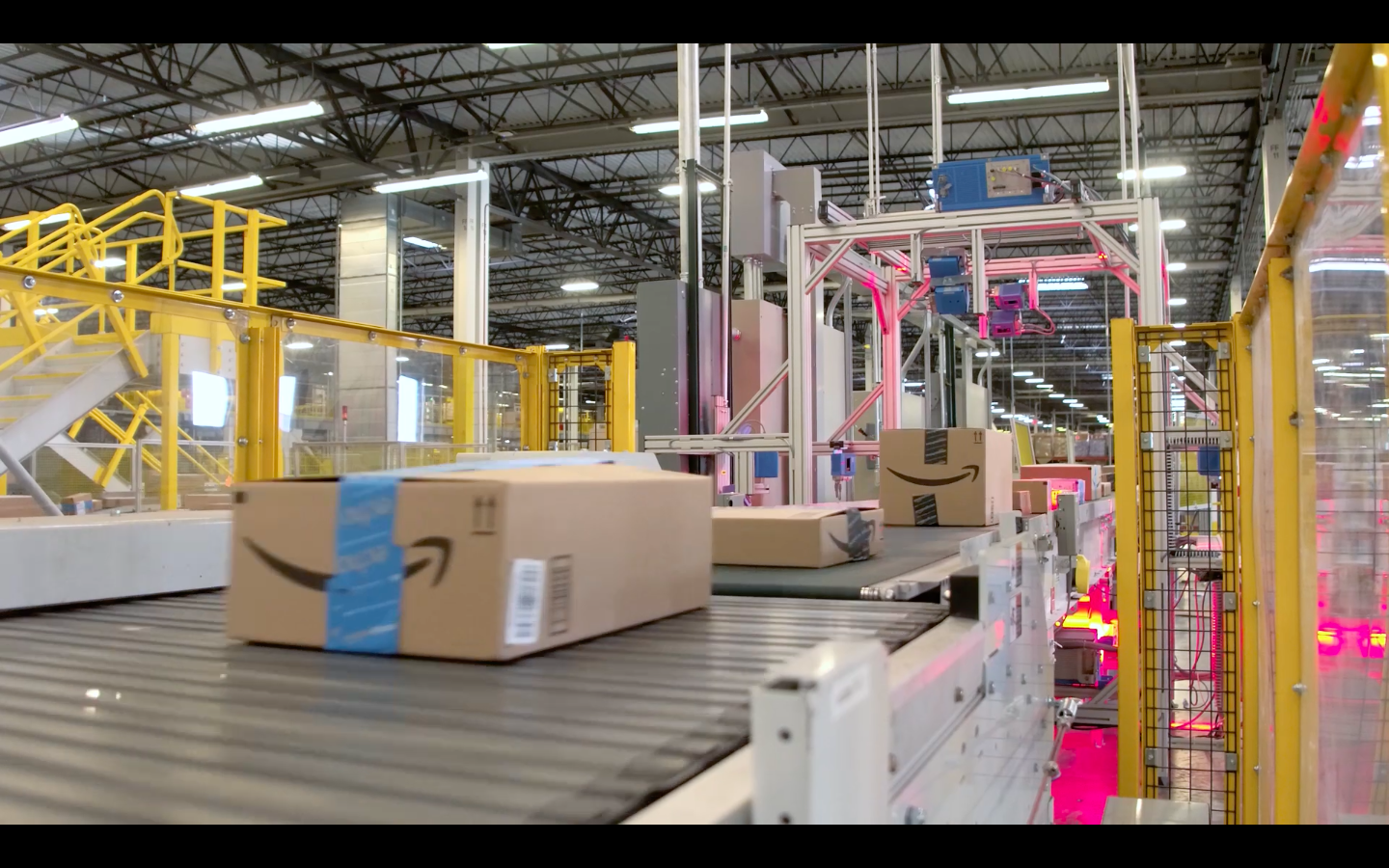The Food and Drug Administration (FDA) on Monday shed new light on what may have caused the E. coli outbreak that was traced to romaine lettuce from the Yuma, Arizona growing region earlier this year. The outbreak, which sickened at least 210 people in 36 states and killed five, was declared officially over as of June 28.
Now, an agency press release shows that FDA, along with the Centers for Disease Control and Prevention (CDC) and state and local partners, has zeroed in on a potential suspect: a 100,000-head cattle operation located near lettuce fields in Yuma.
On the same day the outbreak was declared finished, FDA Commissioner Scott Gottlieb had issued a statement indicating that “Several environmental samples of canal water in the area have been found to contain E. coli O157:H7 that genetically match the strain of bacteria that caused the outbreak.” But Monday’s announcement is the first indication that the agency suspects water contamination from animal agriculture may have been the outbreak’s original source. “FDA notes that the canal is close to a Concentrated Animal Feeding Operation (CAFO), a facility with a large number of cattle on the premises,” the agency wrote in its statement, “…and the FDA traceback information showed a clustering of romaine lettuce farms nearby.”
Food safety lawyer Bill Marler, who is representing 105 people sickened in the romaine outbreak, told AZCentral he’d never heard of an E. coli case tied to an irrigation canal. But FDA’s hunch that a cattle operation may be to blame is not altogether surprising. Fresh produce outbreaks often begin with animal agriculture, even if it’s actually salads that are making people sick.
In 2006, a deadly E. coli outbreak linked to spinach was traced back to a cattle ranch in San Benito County, California, a highly productive agricultural region in the Salinas Valley. In that instance, too, irrigation wells too close to animals and their feces were named as a likely cause. Animals, whether it’s livestock or wild animals like birds and rodents, are a major cause of food safety issues with fresh produce—and they’re a constant headache for growers. In Yuma, farmers are experimenting with falcons to keep rodents and wild birds at bay. The revelation that polluted canals may have been the source is sure to vex the region’s lettuce producers, who will need to find new ways to make sure their water supplies are safe.
Unlike the Salinas Valley, which is known as America’s Salad Bowl and is responsible for growing upwards of 70 percent of the country’s leafy greens and lettuce year-round, Yuma is often referred to as America’s Winter Vegetable Capital, producing 90 percent of our leafy greens from November through March (which accounts for the timing of the recent outbreak). Much of the area is dedicated to growing lettuce, and according to the Yuma County Chamber of Commerce, the region is also home to nine salad plants producing bagged lettuce and salad mixes to the tune of 2 million pounds a day during peak months.
In its Monday statement, FDA said that it will continue to examine the links between the CAFO and adjacent water. Environmental assessments are ongoing, the results of which will be released to the public when complete.
